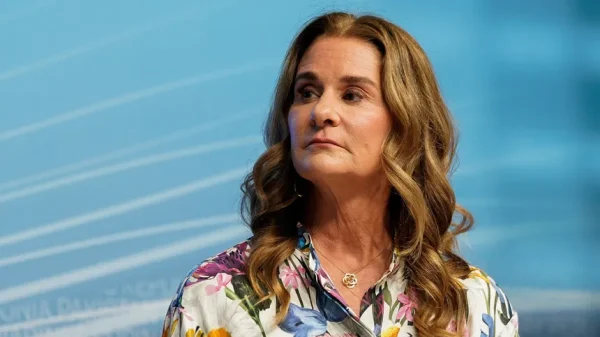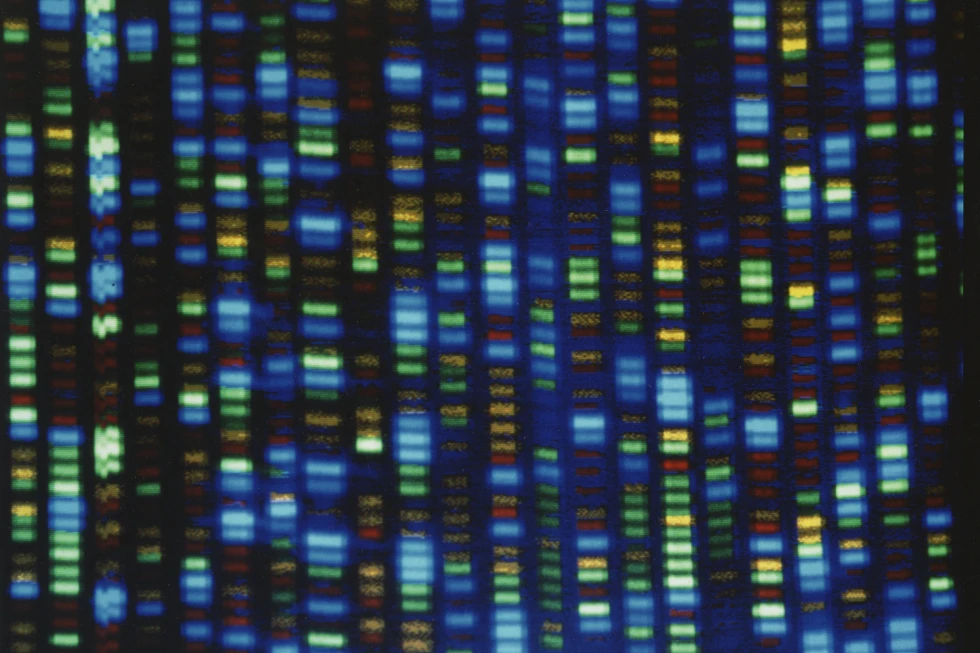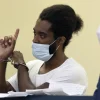Gene therapy holds great promise for families dealing with rare genetic disorders. These treatments offer the potential for long-lasting cures, eliminating the need for ongoing therapies.
However, there are concerns among families and researchers that these treatments may not become widely available.
Worldwide, approximately 350 million people suffer from rare diseases, the majority of which are genetic. Yet, each of the 7,000 individual disorders affects only a small number of people, often just a few in a million. This makes it financially challenging for companies to invest in developing and bringing to market these one-time therapies that aim to correct faulty genes or replace them with healthy ones.
The Associated Press investigated the implications of this situation for families, scientists, and the emerging field of gene therapy.
Families affected by rare diseases are feeling frustrated, and some are even trying to raise funds on their own.
For instance, Camden Alderman was diagnosed with Wiskott-Aldrich syndrome as a baby. This rare disease, caused by a mutated gene on the X chromosome, primarily affects boys, with up to 10 cases per million. It can lead to frequent infections, eczema, and excessive bleeding.

Joel Conner looks at the previous models (Via Bill Jackson/Getty Images)
Despite undergoing treatments and being advised that gene therapy could potentially cure him, Camden’s options for clinical trials have been limited.
His mother, Robin Alderman, was told that researchers were not enrolling U.S. residents in clinical trials at the time, which was heartbreaking for her. Unfortunately, as of now, there is still no suitable clinical trial available for Camden, and efforts by companies like Orchard Therapeutics to develop treatments for his condition have been halted.
Lacey Henderson’s daughter, 5-year-old Estella, suffers from alternating hemiplegia of childhood, a neurological disorder that affects only 300 people in the U.S. Estella experiences cognitive delays, limited hand function, and episodes of temporary paralysis. While medications can alleviate symptoms, there is currently no cure for her condition.


























